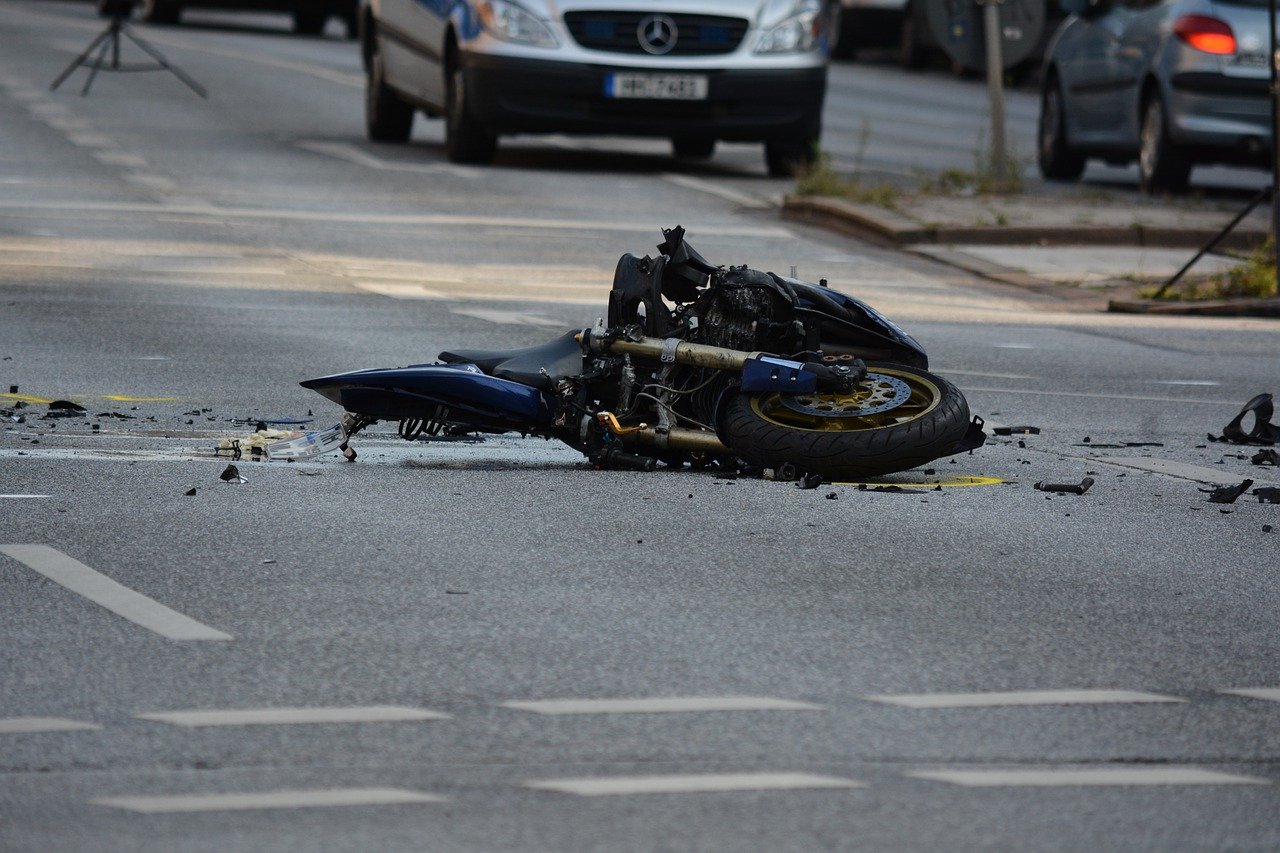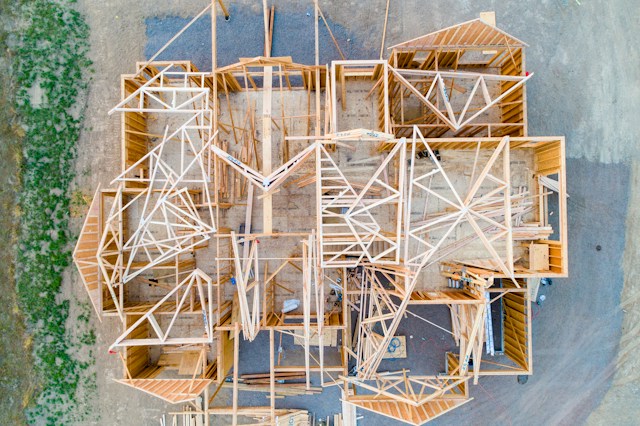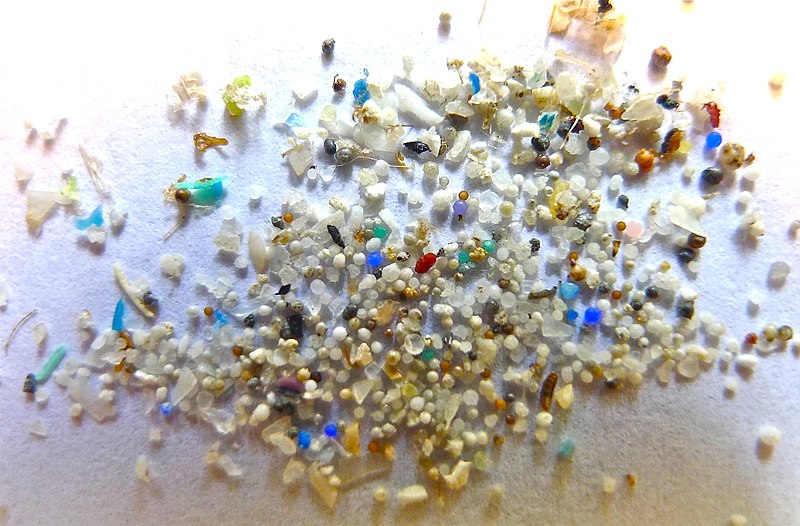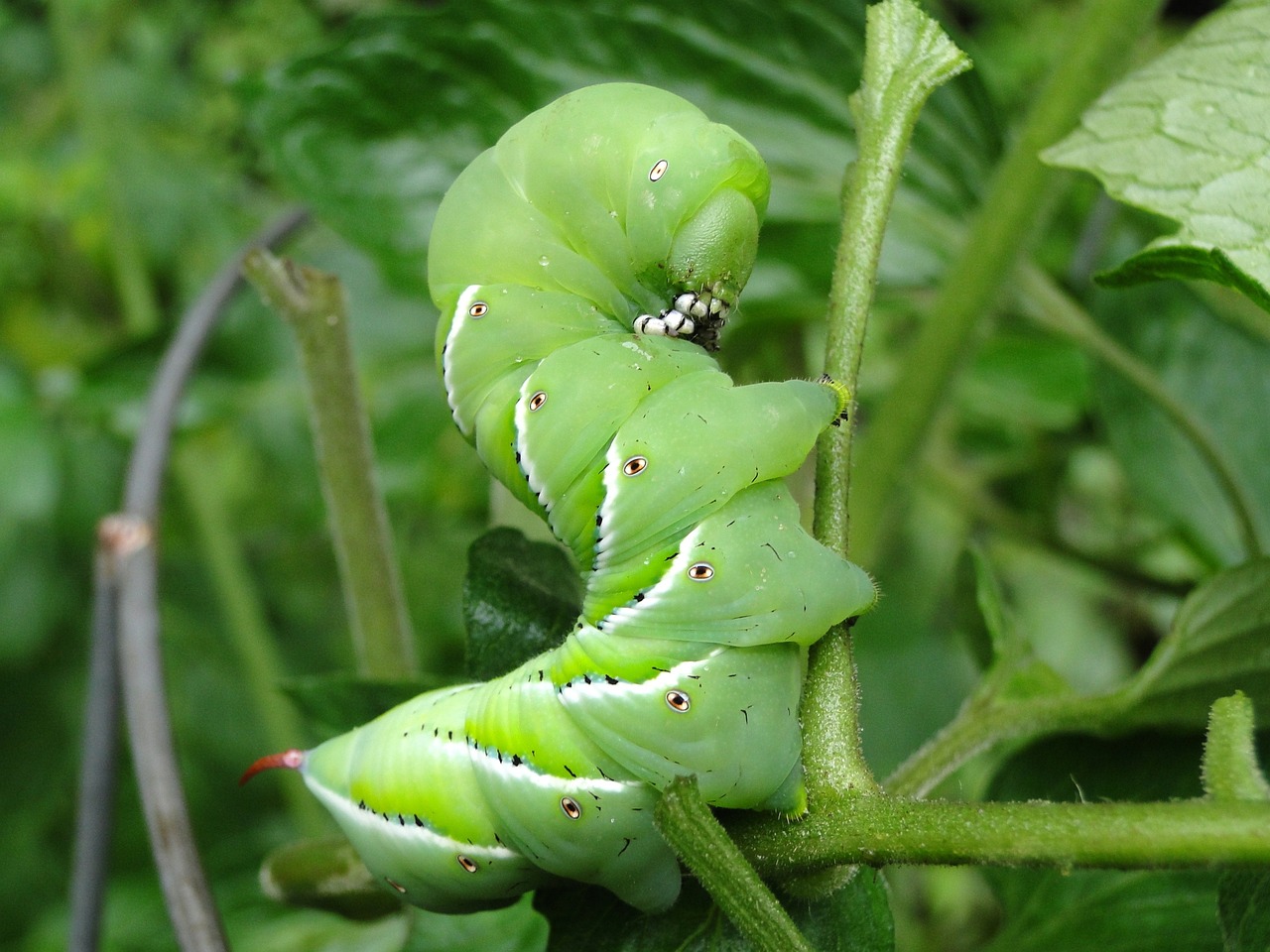Popularity of artificial grass is increasing due to its benefits, such as not requiring mowing, watering, fertilizers, or herbicides. It is drought-resistant and durable. However, the environmental issues associated with artificial lawns outweigh these advantages.
According to a recent study by the University of Barcelona, the environmental impact of “artificial greening” is coming under scrutiny.
A study conducted in Spain has uncovered that a significant proportion of the plastic found in the seawater near a major city is composed of pieces of artificial grass. This finding also highlights the potential environmental impact of using artificial grass and its contribution to plastic pollution in marine ecosystems.
Research Details
Liam de Haan and colleagues from the University of Barcelona conducted the study. Researchers analyzed 217 water samples from Barcelona’s coast and 200 samples from the Guadalquivir river in Seville. The samples were collected between 2014 and 2021.
They focused on plastic pieces larger than 5 millimeters, excluding smaller microplastics, to better determine their sources. The fibres used in artificial grass are easily identifiable due to their thin, long, curled, and green appearance.
Artificial Grass Fibers: An Unreported Threat
Surprisingly, fibres from artificial grass constituted 15% of plastic pieces larger than 5 millimeters in samples taken within 1 kilometer of Barcelona’s shoreline, a fact that had not been previously reported. The concentration of artificial grass fibres was remarkably high in certain areas, reaching up to 213,200 fibres per square kilometer. The researchers attributed this elevated presence to Barcelona’s large population (around 1.7 million) and the significant number of artificial sports pitches in the city.
Global Concerns Over Plastic Pollution
As the use of artificial grass becomes more widespread, researchers are concerned about the plastic pollution caused by its fibers. They believe that this issue may not be confined to specific locations and could be a global problem. Plastic fragments from artificial grass break down into smaller particles like microplastics and nanoplastics. As a result, this breakdown contributes to more extensive plastic contamination, amplifying the environmental impact.







